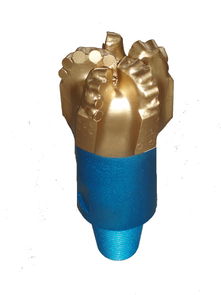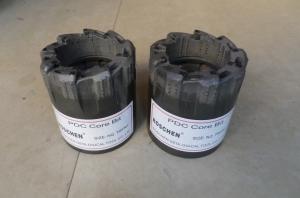
Bits for Drilling Wood: A Comprehensive Guide
Drilling wood is a fundamental skill in woodworking, and the right bits can make all the difference. Whether you’re a hobbyist or a professional, understanding the different types of bits and their uses is crucial. In this article, we’ll delve into the world of bits for drilling wood, covering everything from materials to techniques.
Types of Wood Bits

There are several types of wood bits available, each designed for specific tasks. Here’s a breakdown of the most common types:
| Bit Type | Description | Best Uses |
|---|---|---|
| Brad Point Bit | Features a small, pointed tip that helps prevent the bit from wandering. | Drilling straight holes in wood, especially when starting in the center. |
| Auger Bit | Has a spiral blade that cuts out the wood as it drills. | Drilling larger holes, especially when starting from the edge. |
| Forstner Bit | Has a flat bottom and is used for making flat-bottomed holes. | Creating flat-bottomed holes for wooden plates or shelves. |
| Counterbore Bit | Has a cutting edge that removes material from the sides of the hole. | Creating larger holes with a flat bottom, often used for inserting screws. |
Choosing the Right Material

The material of the bit can significantly impact its performance and longevity. Here are the most common materials used in wood bits:
- HSS (High-Speed Steel): This is the most common material for wood bits. It’s durable, affordable, and suitable for most drilling tasks.
- Carbide-Tipped: These bits have a carbide tip that is much harder than HSS. They’re more expensive but last longer and are ideal for drilling in harder woods.
- Coated HSS: These bits have a coating that reduces friction and heat, resulting in smoother drilling and longer bit life.
Drilling Techniques

Using the right technique is just as important as choosing the right bit. Here are some tips for successful wood drilling:
- Start Slowly: Begin drilling at a low speed to allow the bit to cut into the wood without skipping.
- Use a Pilot Hole: For larger holes, start with a smaller bit to create a pilot hole. This helps prevent the bit from wandering and reduces the risk of splitting.
- Keep the Bit Cool: Drilling generates heat, which can damage the wood and the bit. Use a coolant or keep the bit in constant motion to dissipate heat.
- Use a Clamp: Secure the wood to your workbench to prevent it from moving during drilling.
Maintenance and Care
Proper maintenance and care can extend the life of your wood bits:
- Store Properly: Keep your bits in a dry, cool place to prevent rust and corrosion.
- Regularly Clean: After each use, clean the bit with a brush or cloth to remove wood chips and debris.
- Sharpen When Necessary: If your bit starts to dull, sharpen it with a bit sharpener or file.
Conclusion
Understanding the different types of wood bits, choosing the right material, and using proper drilling techniques can greatly enhance your woodworking projects. By taking care of your bits and maintaining them properly, you can ensure they last for years to come.







